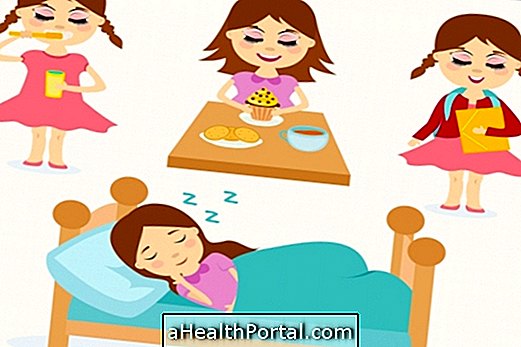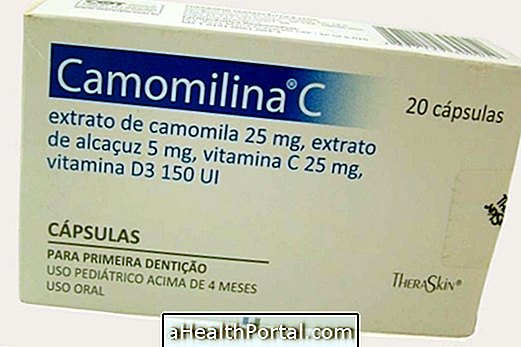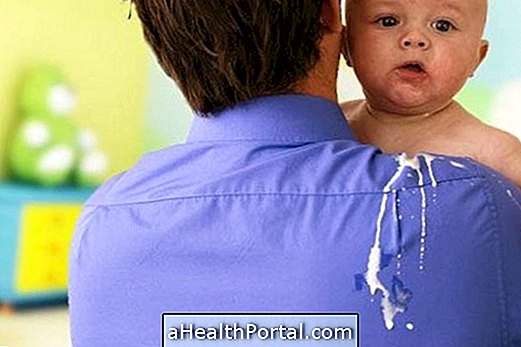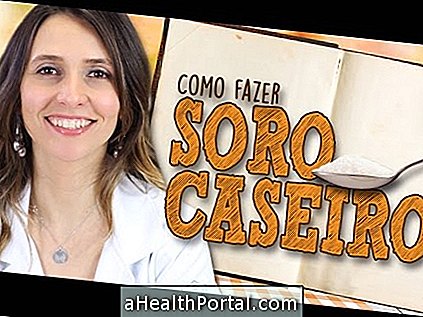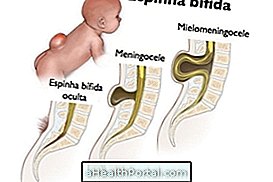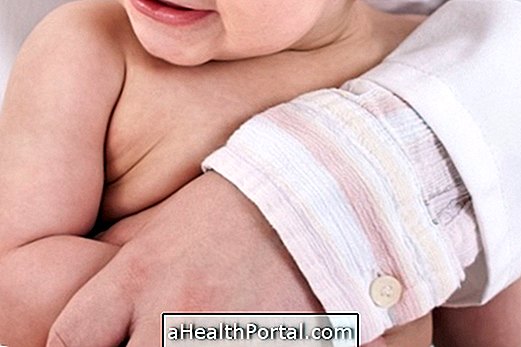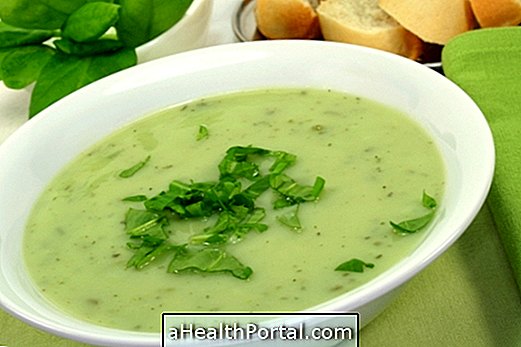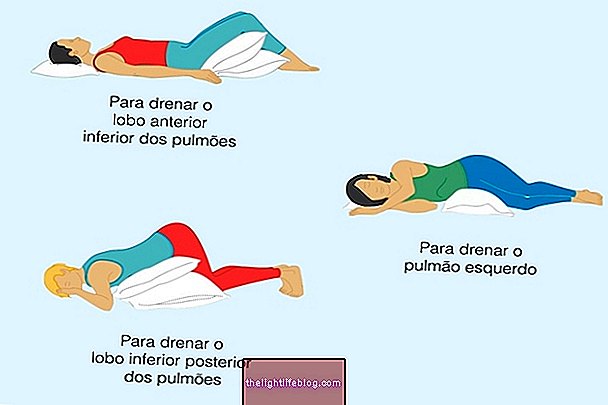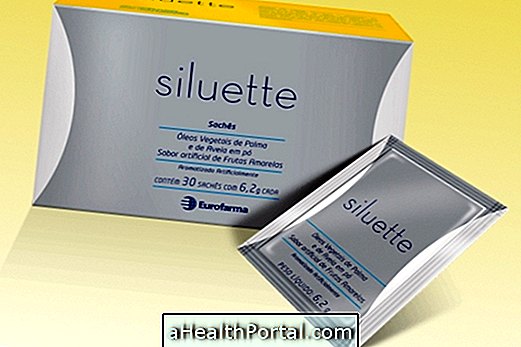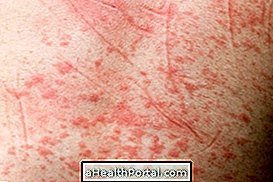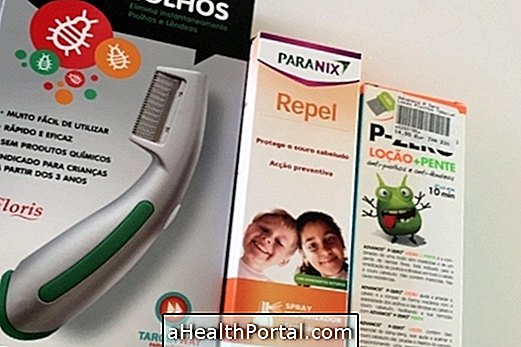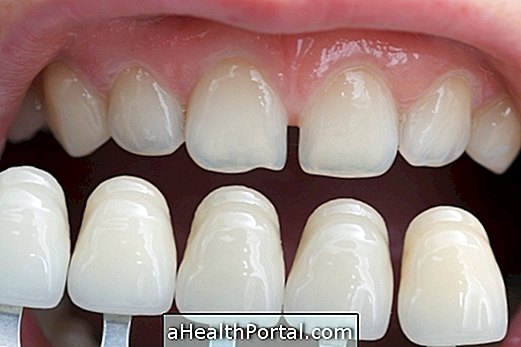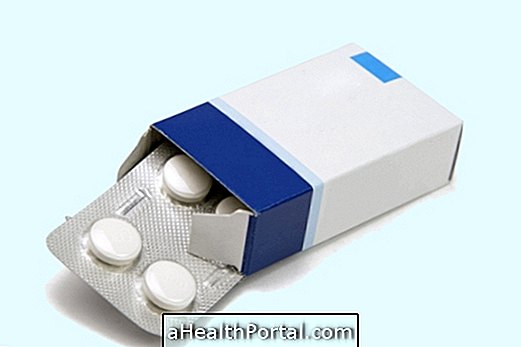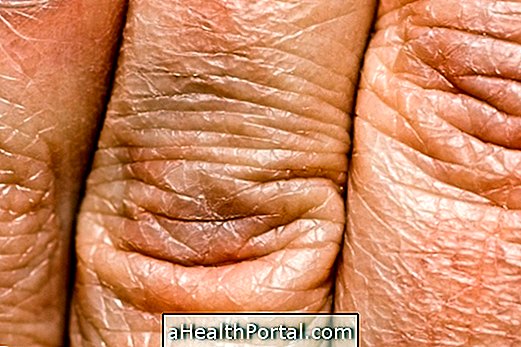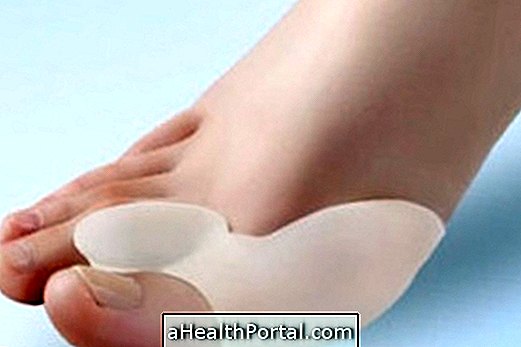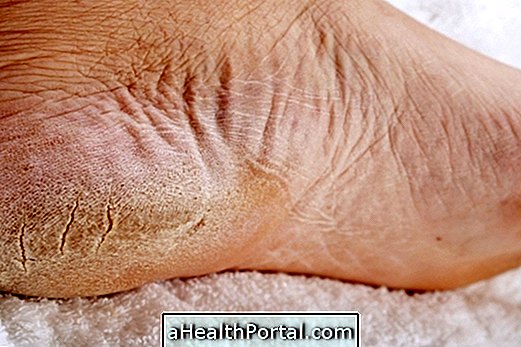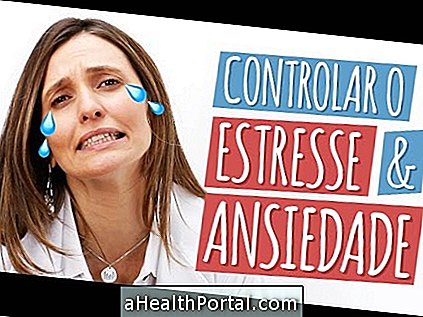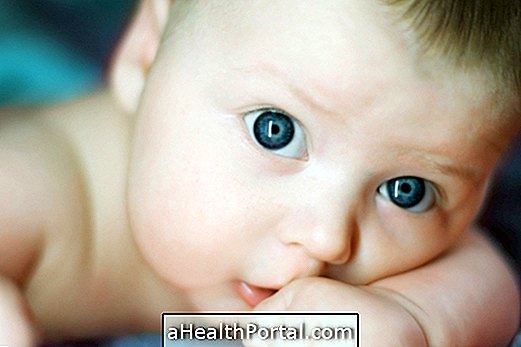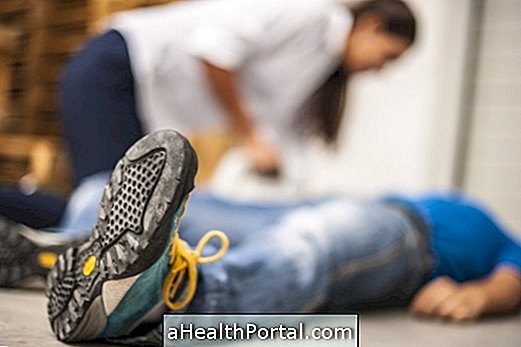Chickenpox in the baby, also known as chickenpox, is a disease that gets caught easily and is transmitted through a virus, which causes red spots on the skin, itching, and fever.
The disease is common in infants and children up to 10 years old and manifests itself in the same way as in an adult and to treat it is necessary to take medicine to lower the fever and apply creams to relieve the itching in the skin.
Symptoms of chicken pox in baby
The symptoms of chicken pox are:
- Eruptions in the skin, which initially appear in the chest and then spread through the arms and legs. They form small red marbles that become bubbles, with liquid and that when broken they cause small wounds in the skin.
- Fever;
- Itchy skin;
- I cry easy;
- Decreased will to eat;
- Discomfort and irritation.
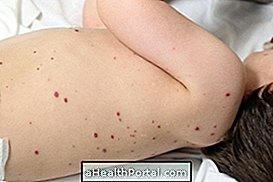

How to treat chicken pox
To treat chickenpox, do not drink:
- Cut the baby's nails to prevent it from scratching and making wounds,
- Clean baby's hands with alcohol in gel several times a day,
- Give a warm water bath with 1/2 cup oats without rubbing the skin, to soothe the skin;
- Apply a wet towel to cold water in places that itch more;
- Avoid sun exposure and heat ;
- Wear light clothing, as sweating worsens the itching;
- Measure the temperature with a thermometer to see if you have a fever every two hours and give fever-reducing medicine, such as Paracetamol, as your pediatrician says;
- Apply iodopovidone to the wounds to help dry out;
- Apply ointments to the skin on the advice of the doctor, such as Povidine.
In addition, the baby should not contact other children to avoid the transmission of the virus, infecting other children. Learn more at: Treatment for Chickenpox.

Prevention of chicken pox in infants
Prevention of chicken pox in infants under 1 year of age can only be avoided by avoiding contact with infected individuals, since the vaccine against pox can only be administered after 1 year, which is offered by SUS.
Transmission of chicken pox
The chickenpox in the baby is transmitted in most cases by saliva, sneezing and coughing or even touching the red marbles, but it can also happen through contact with objects contaminated with bubbles.
When the child is already infected, the transmission time of the virus lasts on average 5 to 7 days, during which time the child should not contact other children.
In addition, children who have already taken the chickenpox vaccine may also get the disease again, but in a lighter form, with fewer blisters and a low fever.
When to return to the pediatrician
You should tell your pediatrician if:
- the baby has a fever over 39 ° C or the fever does not go away after using fever-reducing medicine
- the skin is all red;
- infected and / or pus sores appear;
- there is severe itching, which prevents the baby from sleeping.
In these cases, it may be necessary to take medicine to relieve itching and treat wound infection, so it is important to go to the doctor so that he can prescribe antiviral medicines, for example.
